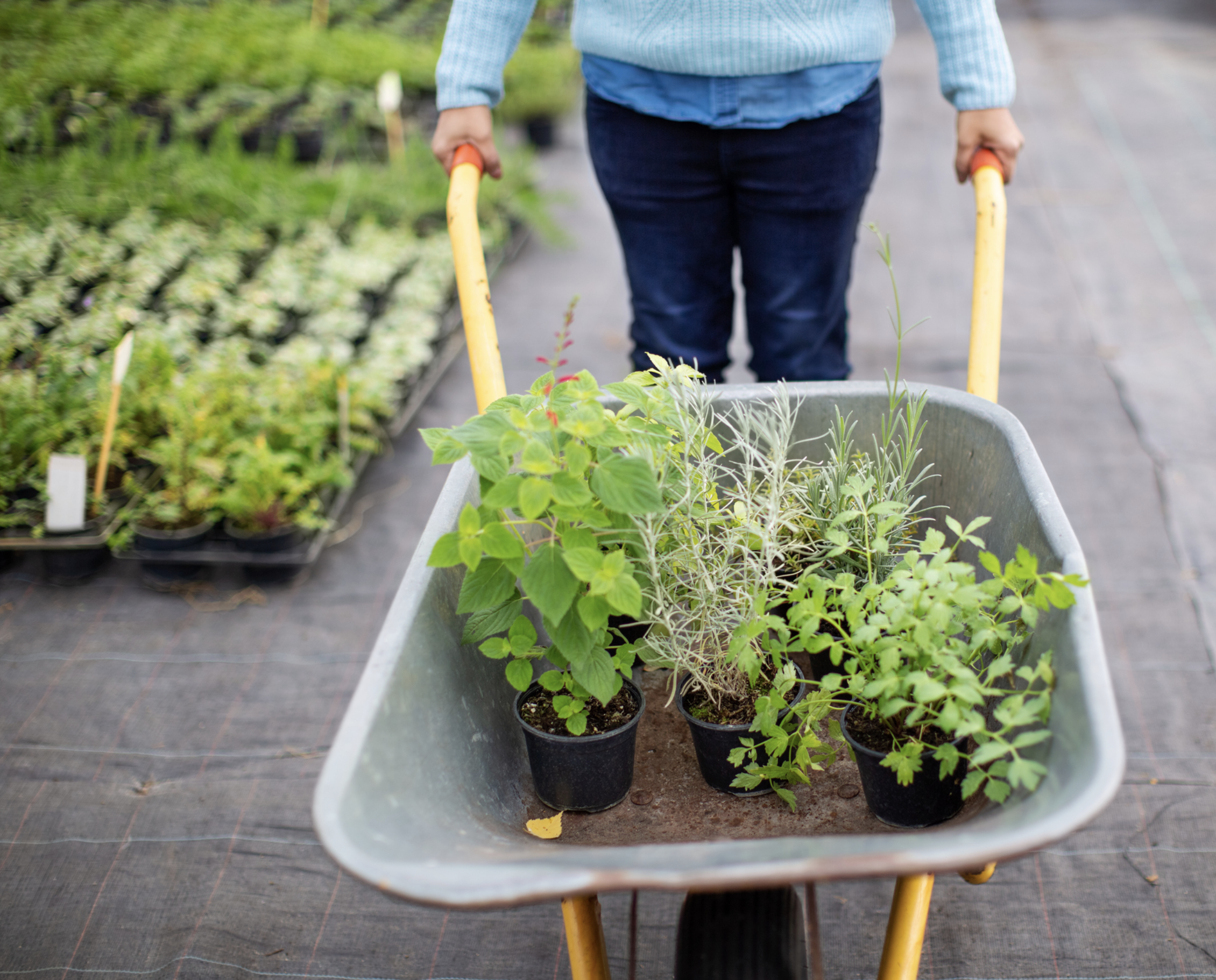
Introduction
Companion planting, a traditional gardening practice, involves cultivating different plant species in close proximity to one another to enhance their growth and deter pests. This age-old technique offers numerous benefits that contribute to the overall health and productivity of the garden.
Natural Pest Control
One of the primary advantages of companion planting is its ability to naturally repel pests. Certain plant combinations release chemicals or emit odours that deter harmful insects, reducing the need for chemical pesticides. For example, planting marigolds alongside tomatoes can help ward off nematodes, while aromatic herbs like basil and rosemary can deter mosquitoes and other flying pests.
Improved Pollination
Companion planting can also enhance pollination, which is essential for fruit set and yield in many vegetable crops. By interspersing flowering plants throughout the garden, such as calendula, bourage, or bee balm, gardeners can attract beneficial pollinators like bees, butterflies, and hummingbirds. These pollinators help transfer pollen between plants, resulting in better fruit development and higher yields.
Enhanced Nutrient Uptake
Certain plant combinations can improve soil fertility and nutrient uptake, benefiting neighbouring plants. Legumes, such as peas and beans, have the unique ability to fix atmospheric nitrogen into the soil, making it more available to surrounding plants. Additionally, deep-rooted plants like comfrey can mine nutrients from deeper soil layers and make them accessible to shallow-rooted vegetables planted nearby.
Weed Suppression
Companion planting can help suppress weeds by utilising the concept of “ground cover.” Plants with dense foliage or sprawling growth habits, such as squash or pumpkin, can shade the soil surface, preventing weed seeds from germinating and competing for resources. This natural weed control method reduces the need for manual weeding and minimises soil disturbance, promoting soil health and structure.
Biodiversity and Resilience
By diversifying plantings and incorporating a variety of species into the garden, companion planting fosters biodiversity and resilience within the ecosystem. A diverse array of plants attracts a broader range of beneficial organisms, such as predatory insects, soil microbes, and birds, which help maintain ecological balance and mitigate pest outbreaks. This ecological approach to gardening reduces reliance on external inputs and fosters a more sustainable and resilient growing environment.
Conclusion
In conclusion, companion planting offers a holistic approach to gardening that harnesses the power of plant relationships to promote health, productivity, and sustainability in the garden. By strategically selecting plant combinations and embracing the principles of biodiversity, gardeners can enjoy abundant harvests while fostering a harmonious and resilient ecosystem.
FAQ – Frequently Asked Questions
Q: What exactly is companion planting?
A: Companion planting is like creating a plant BFF squad in your garden! It’s all about growing different plants together that help each other out. Some plants release scents that keep pests away from their buddies, while others help with things like pollination and soil health.
Q: Why should I try companion planting?
A: Well, imagine having a superhero team in your garden! Companion planting can help your plants grow better, fight off pests without using chemicals, and even make your veggies taste yummier. Plus, it’s a fun way to experiment and see nature’s teamwork in action.
Q: How do I know which plants to pair together?
A: Think of it like matchmaking for plants! Some combinations have been tried and tested over time, like planting marigolds next to tomatoes to keep pesky bugs away. You can also do a little research or ask your local garden centre for advice on which plants make the best buddies.
Q: Do I need a big garden to try companion planting?
A: Not at all! Whether you have a sprawling backyard or just a few pots on your balcony, you can give companion planting a go. It’s all about getting creative with the space you have and finding the right plant pals to grow together.
Q: Is companion planting hard to do?
A: Nope, not at all! It’s as easy as pie. Just pick your plants, give them a cosy spot in the garden, and let nature do its thing. Sure, there might be a little trial and error along the way, but that’s all part of the fun of gardening.
Q: Can I still use fertiliser and pesticides with companion planting?
A: While companion planting can help reduce the need for chemical fertilisers and pesticides, you can still use them if needed. Just be mindful of how they might affect your plant buddies and try to opt for natural alternatives whenever possible.
Q: I’m excited to try companion planting! Any tips for beginners?
A: Woohoo! Welcome to the companion planting club. Start small, experiment with a few plant combinations, and don’t be afraid to get your hands dirty. Gardening is all about learning as you go, so have fun, be patient, and enjoy watching your garden thrive!





